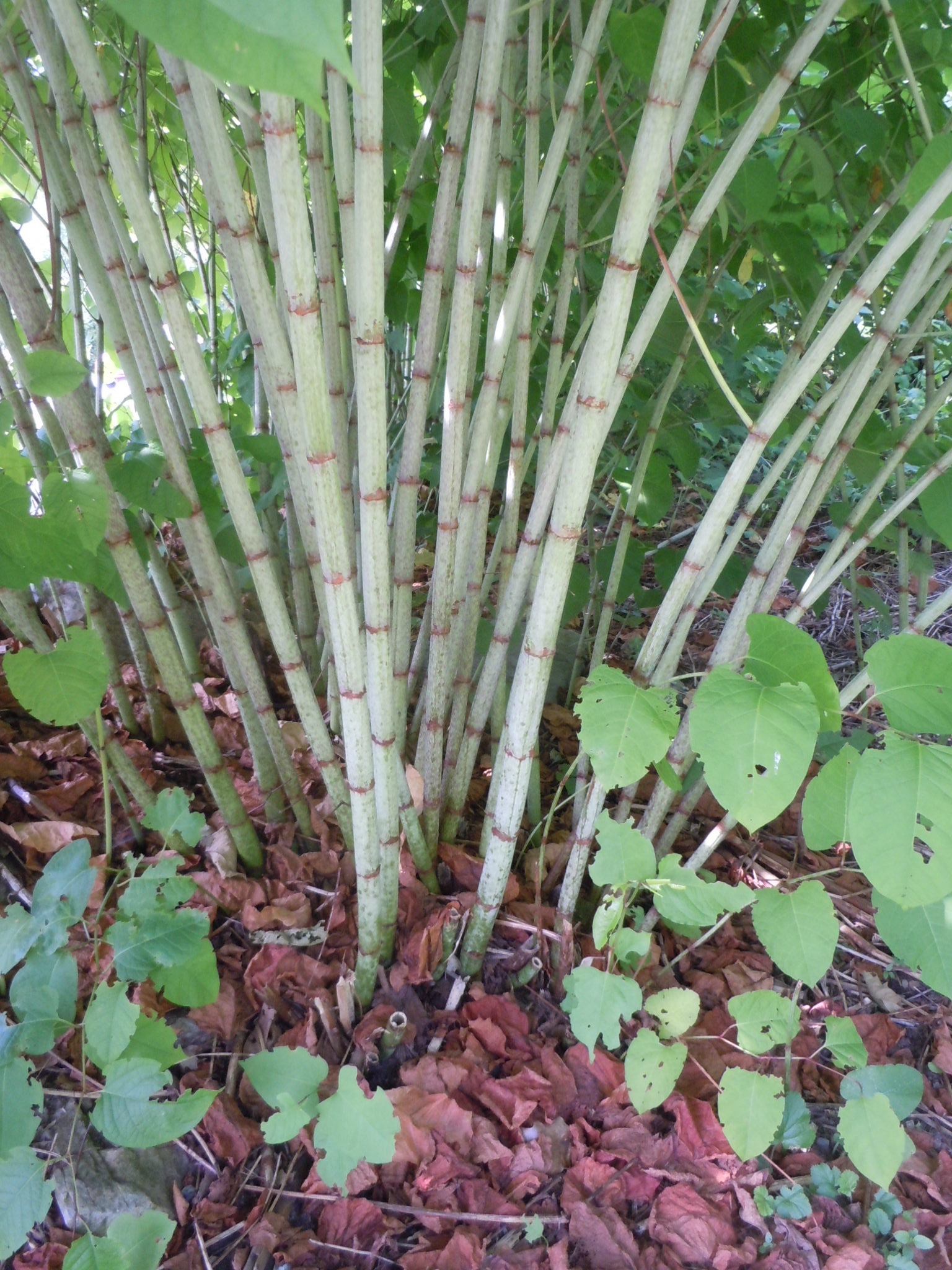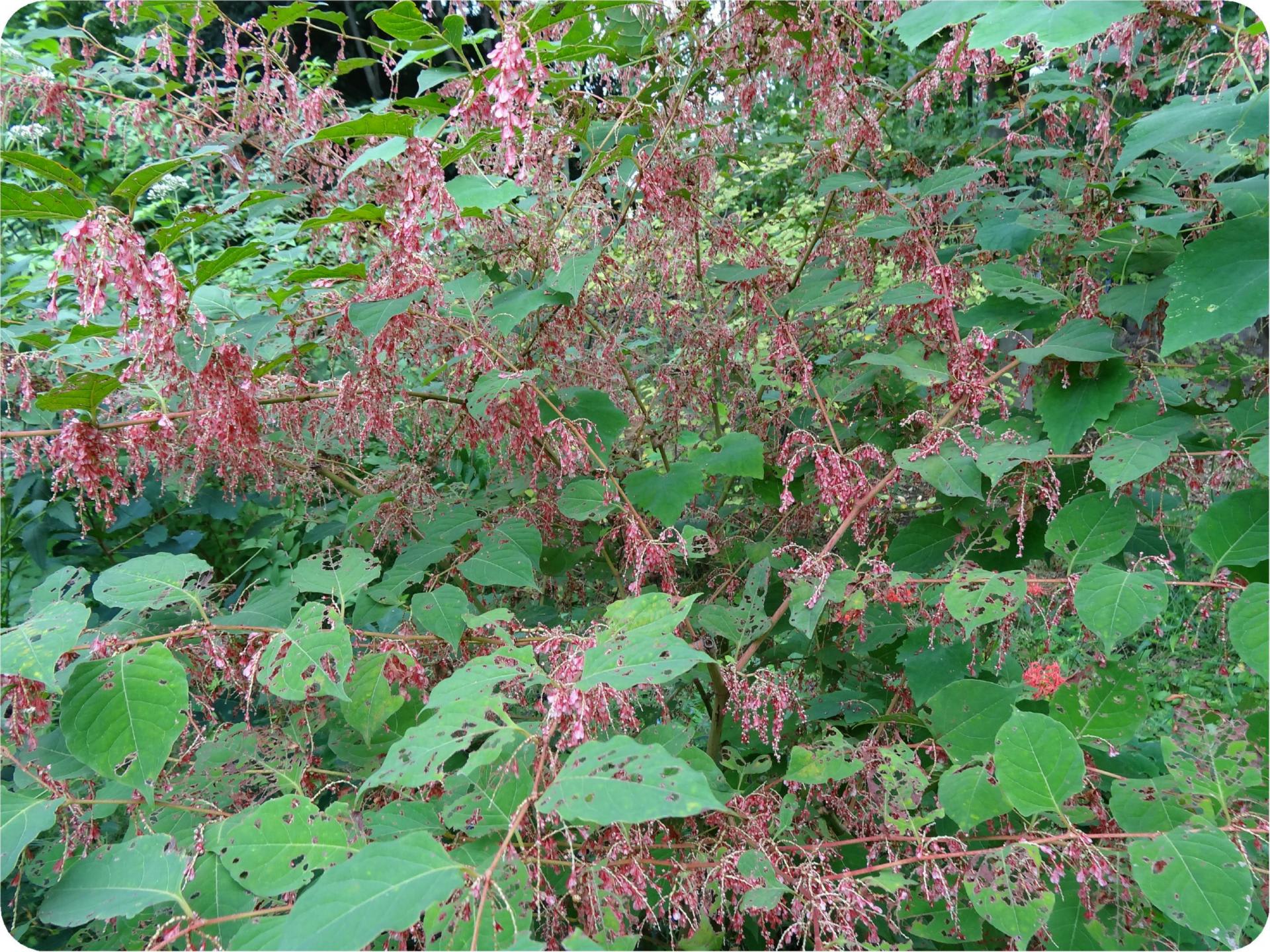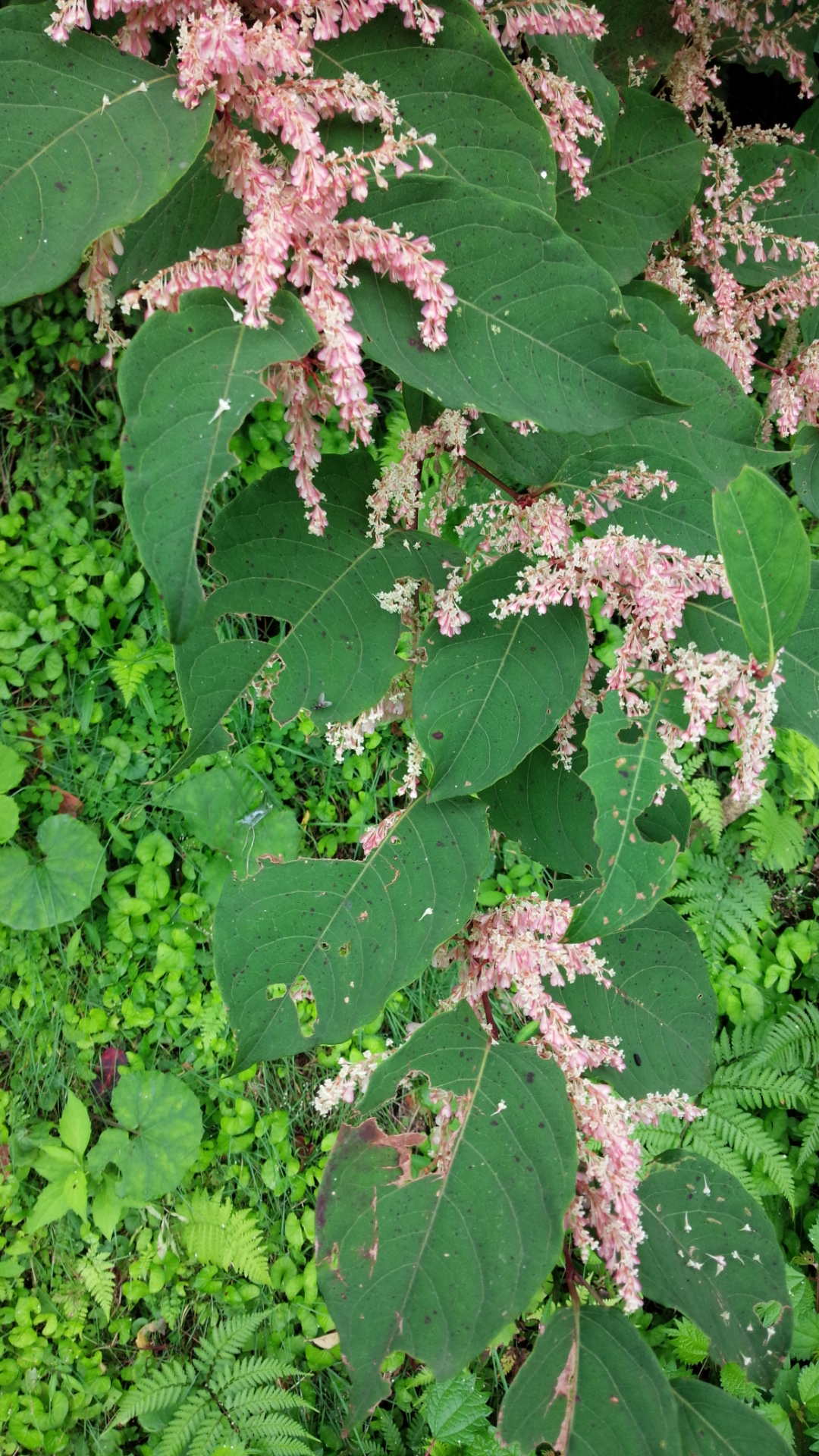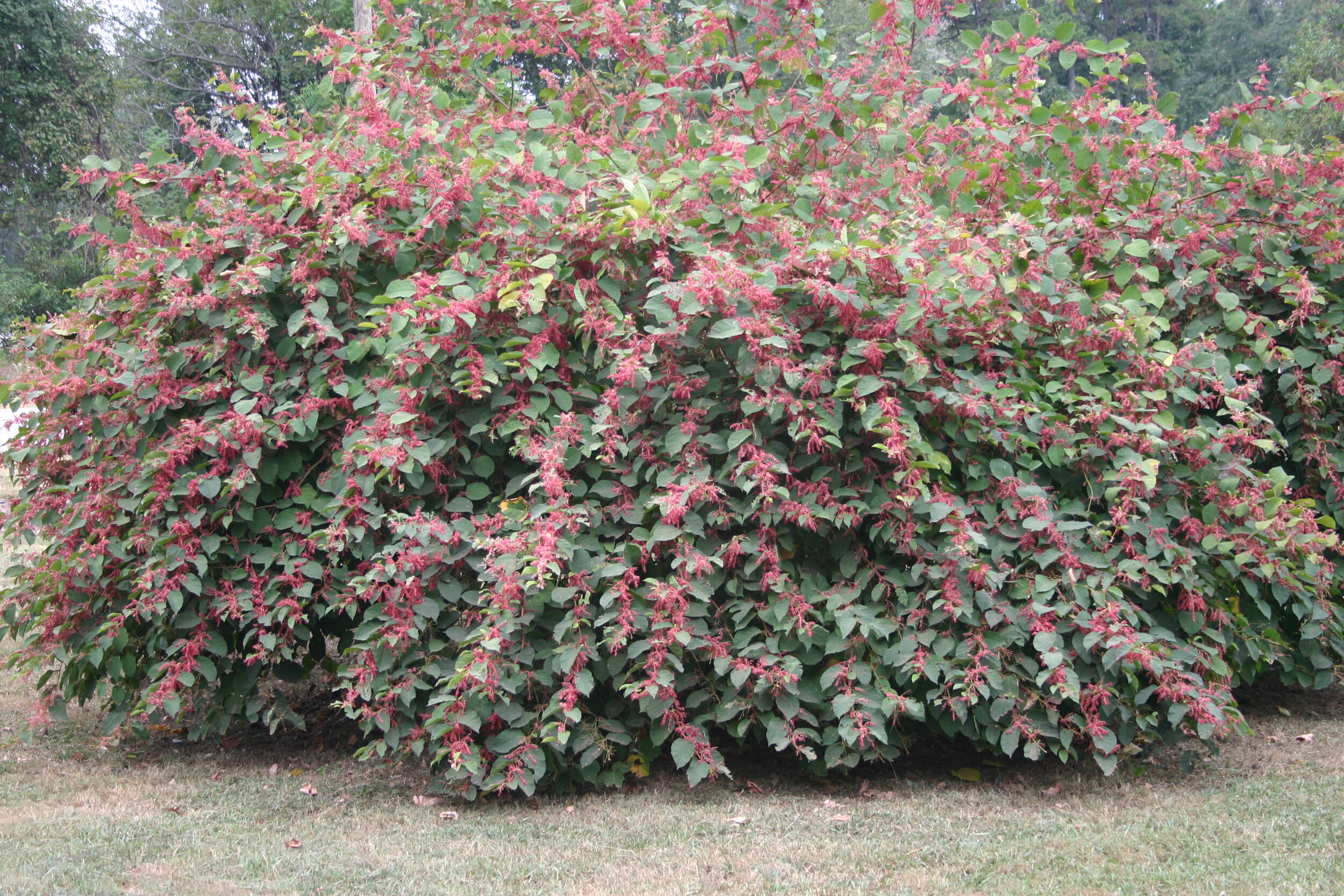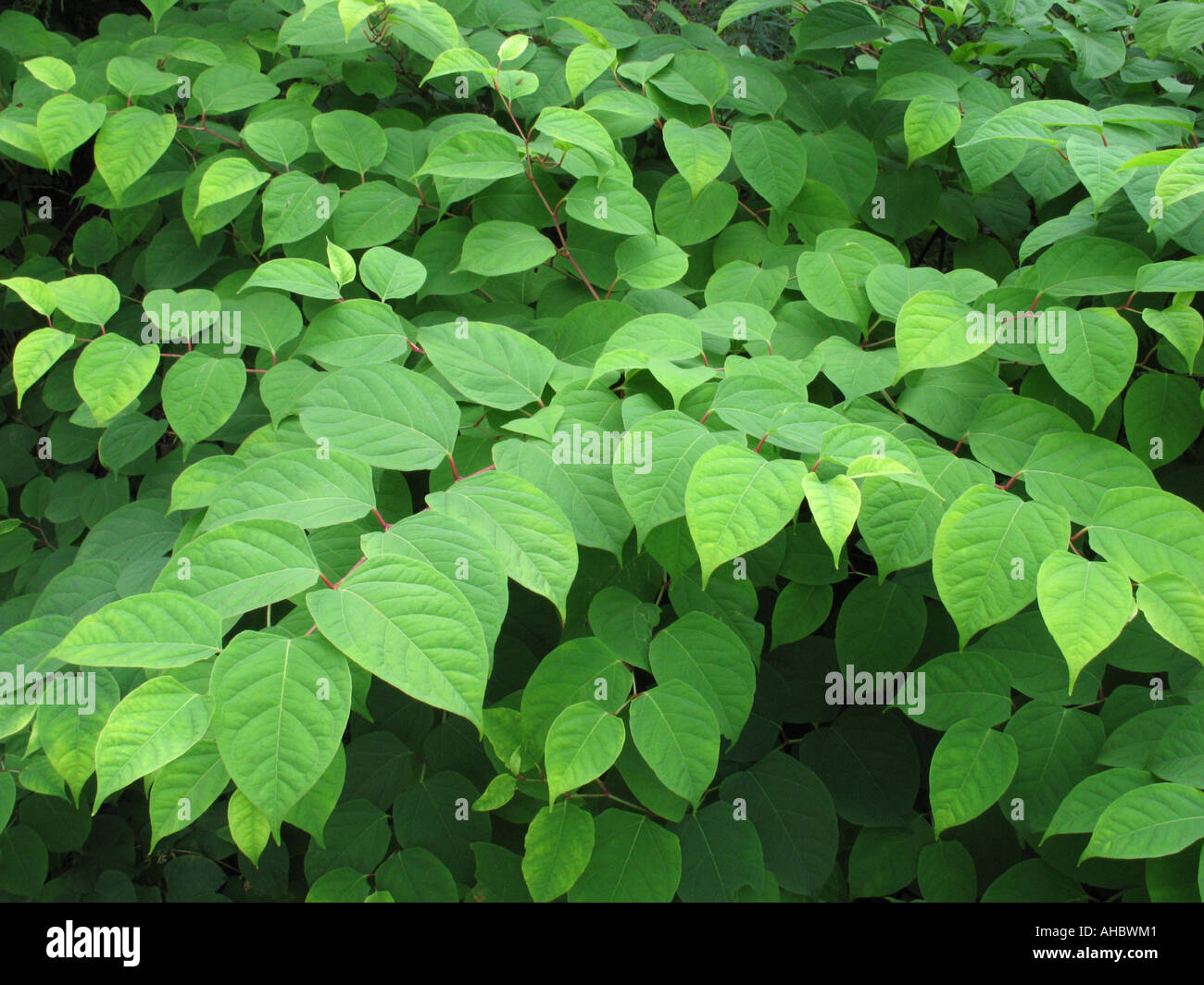Polygonum Cuspidatum Crimson Beauty
This item is currently Out of Stock.
Polygonum cuspidatum crimson beauty. Stout purple- or red-tinged asparagus-like shoots arise from thick underground rhizomes in spring rapidly elongating into imposing stems with conspicuously swollen leaf nodes. Eurybia divaricata Eastern Star aka Aster divaricata Eastern Star 10. Zucc Japanese knotweed commonly known as crimson beauty Mexican bamboo Japanese fleece flower or Reynoutria was probably introduced to the US.
I rescued a start from what was once my great-grandmothers. Fallopia japonica Houtt Ronse Decr. In South Carolina the Japanese Knotweed is listed on their Invasive Plant list as a Severe Threat.
It is very hard to get rid of too. Those little peices of roots keep expanding to bigger and bigger patches. Japanese knotweed or Polygonum cuspidatum.
25 glycophosphate helps on cut stems. Applied on foliage the plant laughs. No Marilyn they arent the same tho they are I think the same species but I will not swear to this- Painters Palette has the dark chevron not so much red for me but that may be the heat with white-cream patches you describe while Variegata is.
Polygonum cuspidatum is an upright shrub-like herbaceous perennial that can rapidly grow to over 3m in height Remaley 1997. Japanese Knotweed is a highly invasive species native to Asia introduced as an ornamental in the United States in the 1800s. Other sources use the name Fallopia japonica var japonica Houtt Ronse Decraene 6Synonyms.
Evolvulus glomeratus Blue Daze 8. Polygonum cuspidatum Siebold Zuccarini family POLYGONACEAE Treatment Author s Craig C. Ocrea usually deciduous brownish cylindric 46 10 mm.
